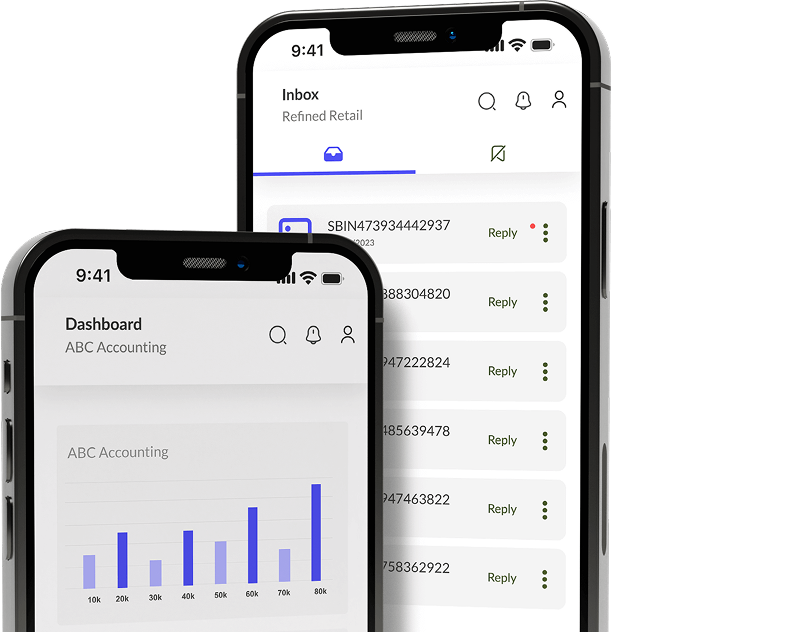Your First Customer is Your Toughest Critic. And that’s a good thing.
Starting a business comes with a long list of milestones. From building your product, getting your first sale, to refining your offer, and learning (a lot) along the way. But one moment stands out: when your first customer says yes. That first customer feels like proof. Proof that this thing you’ve built isn’t just an idea, it’s real. Someone’s willing to pay for it. Use it. Trust it.
But soon after that “yes,” comes something even more valuable than validation: feedback.
And maybe, not the polite kind. It could be the real, raw, unfiltered kind.
They’ll tell you what’s broken, and they probably won’t sugarcoat it. Early customers, especially the first few, don’t care how long you spent building the product. They just want it to work for them. And when it doesn’t, they’ll tell you.
They’ll ask tough questions. They’ll point out everything that’s confusing. They’ll challenge your assumptions.
And while it’s tempting to defend your work, this is exactly what you need. Because these customers see what you can’t - the product from the outside.
But not all feedback is useful, and this is where things get tricky. It’s easy to treat early feedback like gospel. After all, it’s coming from paying users. But here’s the catch - your first few customers may not reflect your long-term user base.
They sit in a very specific part of what’s called the Technology Adoption Curve:




